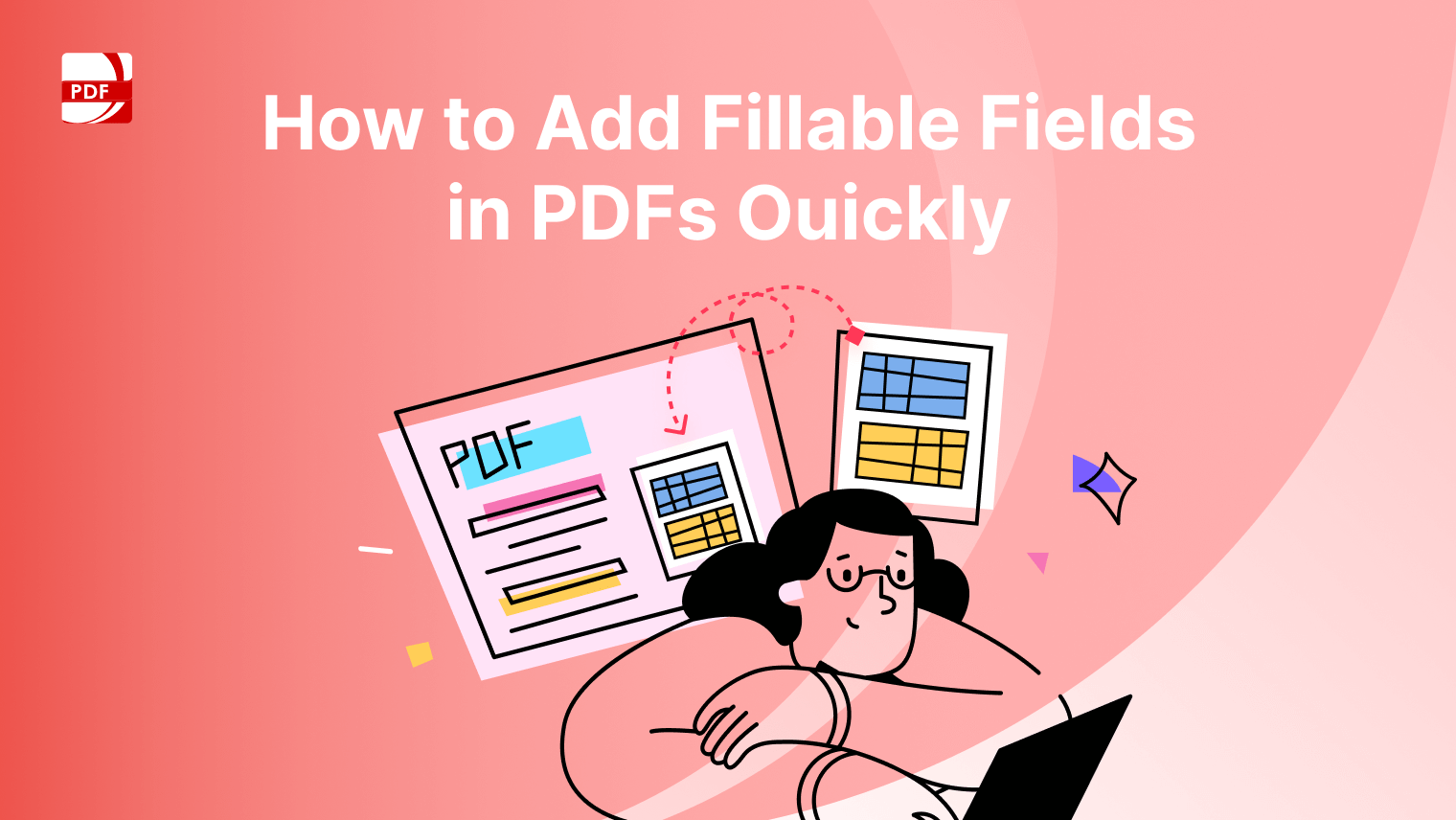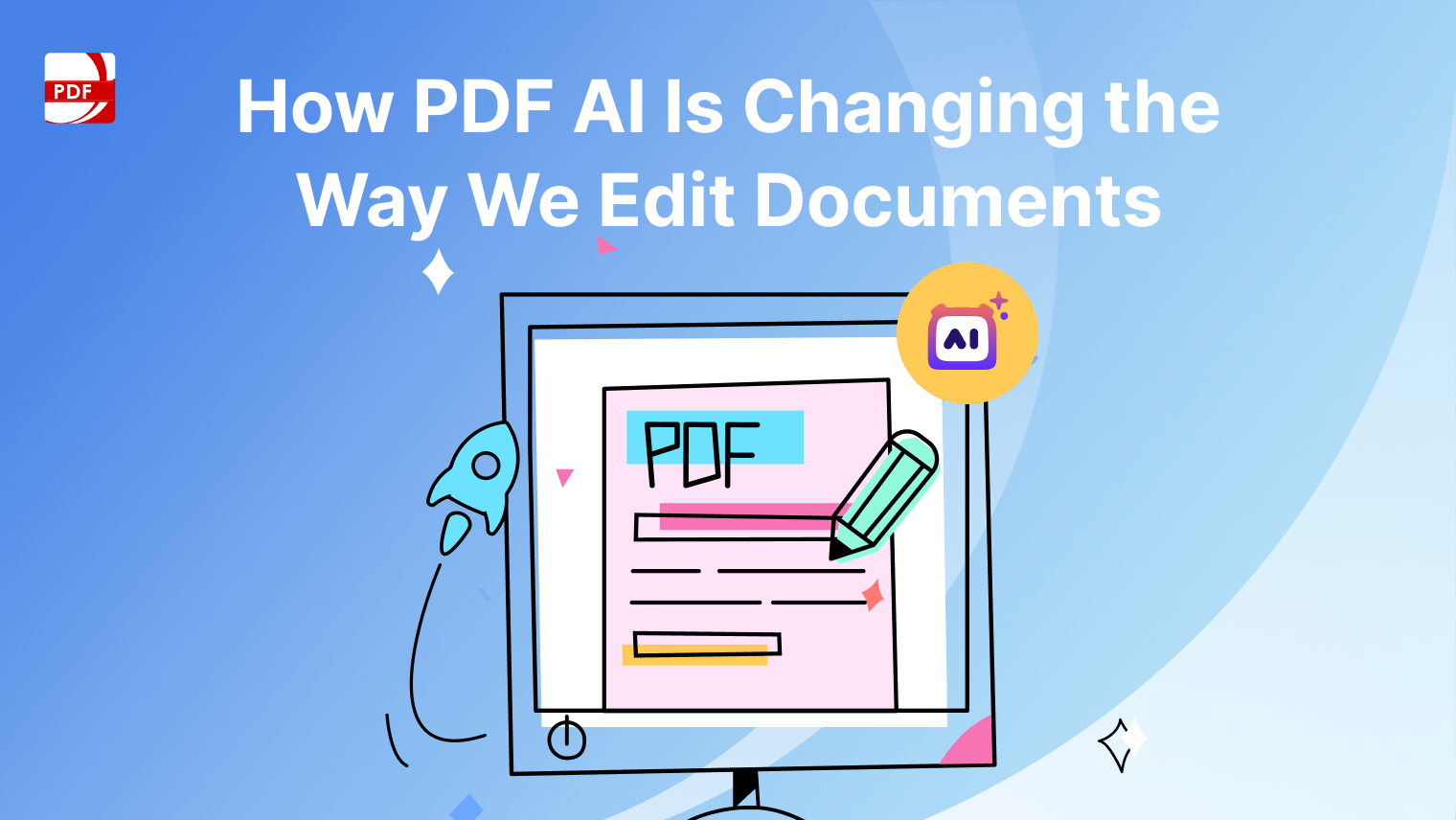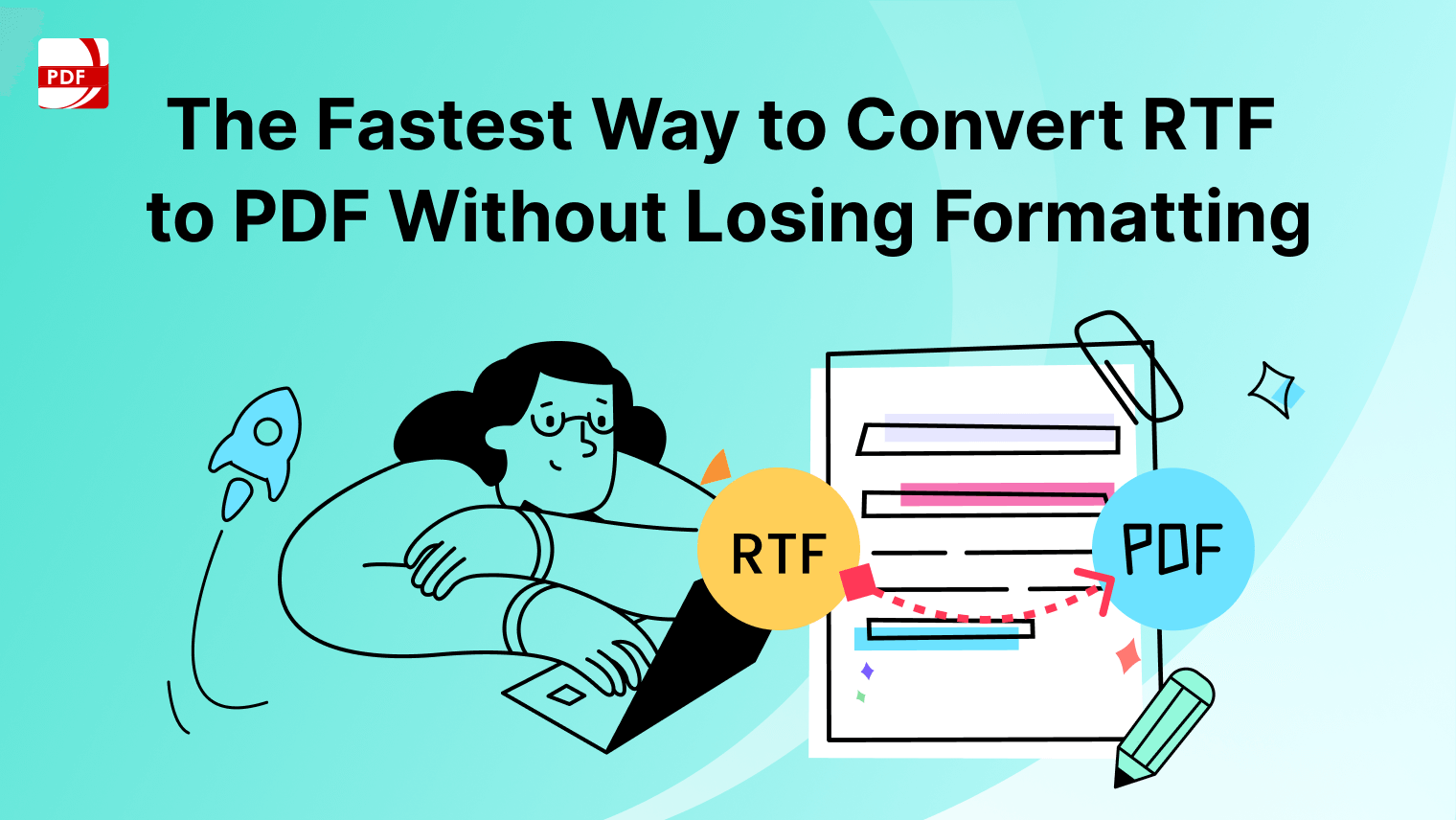Mastering the art of crafting Executive Summaries is crucial for conveying the essence of larger documents like Business Plans, Market Analysis, and Project Proposals.
This guide provides a concise overview of the techniques to captivate your Target Audience, whether they are busy executives or potential investors.
What is an Executive Summary?
An Executive Summary is a concise overview of a larger document like a Business Plan or Project Proposal, designed to quickly inform decision-makers and potential investors about the main points, including objectives, market analysis, and financial requirements.
Drawing from various sources, it serves as a stand-alone piece, providing a quick snapshot to the target audience without needing to peruse the entire document.
Learn the key steps to writing a compelling business proposal with our comprehensive guide.
The Purpose and Impact of an Executive Summary
The Purpose
- Synthesize Key Points: Executive Summaries distill the essential elements of larger documents like Business Plans or Project Proposals, providing a quick overview of the main objectives, strategies, and outcomes.
- Guide Decision Making: They serve as a valuable tool for busy executives, potential investors, and other target audiences to make informed decisions without needing to read the entire document.
- Highlight Relevance: By focusing on the most relevant details such as Market Analysis, Financial Requirements, and the Management Team, Executive Summaries underscore the document's significance to the reader.
The Impact
- Engage the Target Audience: A well-written Executive Summary captures the attention of its target audience, whether they are project stakeholders, business owners, or prospective investors, leading them to engage more deeply with the larger document.
- Drive Action: By providing a concise analysis and clear presentation of the project plan or business model, Executive Summaries can influence decision-makers to take desired actions, like approving a project or investing in a business.
- Set the Tone: As a stand-alone piece, the Executive Summary sets the tone for the entire document, establishing expectations and offering a quick snapshot that can shape the reader's understanding and perception of the larger piece.
Components of a Compelling Executive Summary
The components of a compelling Executive Summary for various types of larger documents such as Business Plans, Project Proposals, or Marketing Plans should include:
-
Company Description/Project Overview: A brief introduction to the business or project, outlining what it is about and its unique value proposition. This section should align with the Target Audience's interests and the Larger Document's focus.
-
Market Analysis/Target Market: Summarize the research and analysis done on the market. Include insights on the Target Market, Market Share, and Market Opportunity. This section establishes the context and justification for the project or business.
-
Business Model/Project Plan: Present a concise overview of how the business intends to make money or the strategy behind the project execution. For Business Plans, this might include the Business Model and for Project Proposals, the Project Plan, and objectives.
-
Management Team/Project Team: Highlight the key members of the Management Team or Project Team, their roles, expertise, and how they contribute to the project's or business's success. This assures Potential Investors and other Decision Makers of the capability behind the project.
-
Financial Requirements/Funding Requirements: Detail the financial aspects, including any Funding Requirements or Investment Proposal. For Business Plans, this might involve the Financial Plan, while for projects, it might involve the budget and resource needs.
-
Marketing Efforts/Strategies: Outline the strategies for reaching the Target Market, including Sales Strategies and Marketing Efforts. This section shows how the business or project plans to attract and retain customers or stakeholders.
A well-crafted Executive Summary should serve as a stand-alone document, providing a Quick Overview of the Entire Document in a way that engages the reader and compels them to read on or take action.
Using concise language and relevant details is key to creating an impactful summary.
Crafting an Executive Summary: Step-by-step
Here's a step-by-step guide on how to write an Executive Summary:
Step 1: Understand the Larger Document:
Before you begin, thoroughly read and understand the entire document, whether it's a Business Plan, Marketing Plan, or Project Proposal. Identify the primary goals, strategies, and outcomes.
Step 2: Identify the Target Audience:
Determine who the Executive Summary is for — be it busy executives, potential investors, or project stakeholders. Understanding your audience will guide the tone, content, and focus of your summary.
Step 3: Outline the Key Components:
Draft an outline of the key points to include, such as the Company Description, Market Analysis, Business Model or Project Plan, Management Team or Project Team, and Financial Requirements. This serves as a Table Of Contents for your Executive Summary.
Step 4: Draft Concise Content:
Using concise language, begin writing the Executive Summary. Ensure it provides a clear and quick overview of the Larger Document. It should stand alone and offer enough information for decision-making without needing to refer to the main document.
Step 5: Highlight the Market Opportunity and Strategy:
Clearly articulate the Market Opportunity being addressed and the Marketing Efforts or Sales Strategies that will be employed. This section should resonate with the Target Market and Potential Investors.
KDIGO is pleased to announce the publication of the 2024 Clinical Practice Guideline for the Management of Lupus Nephritis, published today in the January 2024 issue of Supplement to Kidney International, with an Executive Summary published in the main pages of the journal.
Read… pic.twitter.com/LEZJxWCFM5
— KDIGO (@goKDIGO) January 3, 2024
Step 6: Detail the Financial Plan:
Summarize the Financial Requirements and any Investment Proposal details. This is particularly crucial for readers like potential investors and business owners who are focused on the financial implications.
Step 7: Use Executive Summary Templates for Structure:
Consider using Executive Summary Templates as a guide for structure and format. Tailor it to fit your specific document and Target Audience.
Step 8: Review and Refine:
Review your Executive Summary to ensure it reflects a concise overview of the entire document. It should be well-written, free of grammatical mistakes, and provide a compelling snapshot of the Business or Project Plan.
Step 9: Seek Feedback:
Before finalizing, get feedback from peers or stakeholders. Ensure the summary meets the needs of the Target Audience and accurately represents the Larger Document.
Step 10: Finalize and Align:
Make any necessary revisions and ensure the Executive Summary aligns with the Entire Document. It should effectively set the stage and encourage readers to go into the details of the main content.
Customizing your Executive Summary for Various Documents
Customizing your Executive Summary for various documents is crucial for effectively communicating the core message and engaging the intended audience. Here’s how to tailor your Executive Summary for different types of documents:
For a Business Plan:
- Company Description: Start with a brief overview of your business, its mission, and its unique value proposition.
- Market Analysis: Provide insights into the market, Target Market, and Market Share. Highlight the Market Opportunity your business plans to capitalize on.
- Business Model: Explain how your business intends to make money and the Financial Requirements needed to achieve these goals.
- Management Team: Showcase the strengths and experience of your management team to assure Potential Investors of your business's viability.
- Marketing Efforts and Sales Strategies: Outline how you plan to attract and retain customers.
For a Project Plan:
- Project Overview: Give a Quick Overview of the project's objectives, scope, and significance to the Project Stakeholders.
- Detailed Plan: Outline the major phases, milestones, and the Project Management Tools that will be used.
- Project Team: Detail the roles and expertise of the Project Management Team and Project Team members.
- Financial Plan: Summarize the budget, Funding Requirements, and any Investment Proposal aspects.
- Potential Impact: Discuss the anticipated outcomes and benefits of the project for Internal Stakeholders and Decision Makers.
For a Marketing Plan:
- Marketing Strategy Overview: Provide a Concise Overview of the marketing goals, Target Audience, and core strategies.
- Market Analysis: Delve into the Target Market, competition, and Market Share. Highlight any significant Market Opportunity.
- Sales Strategies and Marketing Efforts: Discuss how the product or service will be promoted and sold, detailing specific campaigns or initiatives.
- Financial Requirements: Outline the budget allocated for marketing and any expected return on investment.
- Measurement and Evaluation: Describe how the effectiveness of the Marketing Plan will be measured and informed Decisions made.
General Tips:
- Use Executive Summary Templates: Start with a template as a guide and customize it according to the Larger Document. Ensure it remains a Stand-Alone Document that provides a quick and valuable snapshot to Busy Executives or other readers.
- Focus on the Target Audience: Understand the needs and interests of your audience, whether they are Potential Investors, Business Owners, or Policy Makers, and tailor the content accordingly.
- Highlight Key Points: Use Concise Language and bullet points where appropriate to make the summary easy to read and understand.
- Review for Relevance: Ensure every part of the summary directly relates to the main points and objectives of the Larger Document. Avoid common mistakes like including excessive detail or irrelevant information.
Discover the essentials of crafting a persuasive letter of recommendation with our detailed instructions.
Use an Executive Summary PDF Template
Using PDF Reader Pro's Executive Summary Template offers the advantage of a professionally designed layout that ensures your content is presented clearly and compellingly. Additionally, the template is easily customizable and provides a consistent format, making it an efficient tool for quickly creating high-quality, impactful executive summaries.
Check out PDF Reader Pro's Business Templates for more efficient business-related templates!
Avoiding Common Pitfalls in Executive Summary Writing
Avoiding common pitfalls in executive summary writing is crucial for crafting an effective and impactful synopsis. Here are some key mistakes to steer clear of:
-
Being Too Vague or General: An executive summary should be specific and to the point. Avoid broad statements that don't offer real information or insights about the larger document.
-
Including Too Much Detail: While it's important to be specific, avoid the temptation to include too much technical detail or data. The summary should highlight the main points, not replicate the entire document.
-
Overlooking the Target Audience: Always keep the target audience in mind. An executive summary for potential investors will look different from one aimed at project stakeholders or team members. Tailor the language, content, and focus accordingly.
-
Neglecting the Purpose and Objectives: Clearly state the purpose and objectives of the larger document. Failing to do so can leave readers confused about the main goals and the context of the information presented.
-
Ignoring the Structure: A well-structured executive summary is easier to read and more effective. Typically, it should follow the same order as the larger document, providing a mini-map of its contents.
-
Forgetting to Proofread: Grammatical errors, typos, and awkward phrasing can undermine the professionalism and credibility of your summary. Always proofread and consider having someone else review it as well.
-
Failing to Highlight Key Points: Make sure to emphasize the most important data, conclusions, or recommendations from the larger document. Readers should be able to understand the main takeaways at a glance.
Learn how to easily type on a PDF with our step-by-step guide, making document customization a breeze!
Executive Summary: Best Practices
Best practices in writing an executive summary ensure that it effectively communicates the essence of the larger document to the intended audience. Here are some essential best practices to follow:
-
Understand the Purpose: Know what the larger document aims to achieve and reflect that in the summary. Whether it's to inform, persuade, or provide an overview, your executive summary should serve the same purpose on a smaller scale.
-
Know Your Audience: Tailor the content, language, and focus to the needs and interests of your target audience. What matters to potential investors may differ from what project stakeholders or team members need to know.
-
Follow a Logical Structure: Align the structure of the summary with the larger document. Typically, it should include an introduction, explanation of the problem or objective, overview of the main points, and a conclusion or recommendation.
-
Be Concise but Comprehensive: Provide a thorough overview without getting lost in details. Include key facts, figures, and conclusions, but keep it brief and to the point.
-
Highlight Key Elements: Clearly state the document's purpose, findings, conclusions, and recommendations. Emphasize what makes the project or research unique and valuable.
-
Use Clear and Accessible Language: Avoid jargon and overly complex sentences. Even if the larger document is technical, the executive summary should be understandable to a non-specialist audience.
-
Ensure It's Standalone: The summary should make sense even to someone who hasn't read the full document. Include all necessary context and explanations.
-
Use Active Voice: Write in an active voice to make the summary more engaging and dynamic.
-
Proofread and Edit: Ensure the summary is free of errors, and the language is clear and polished. This improves readability and professionalism.
-
Seek Feedback: Have someone else review your summary to ensure it's clear, concise, and correctly summarizes the larger document.
Frequently Asked Questions
Why is an Executive Summary important?
It allows busy readers, like executives or potential investors, to quickly understand the essence of the larger document without reading the entire text. This helps in making informed decisions or determining interest in the full content.
How long should an Executive Summary be?
Typically, it should be 5-10% of the larger document's length. For most reports, 1-2 pages is sufficient. It needs to be concise but comprehensive enough to cover the main points.
What should be included in an Executive Summary?
Include the purpose, scope, methods, results, conclusions, and recommendations of the larger document. Highlight key findings and what sets the project or research apart.
Can the Executive Summary include details not in the main document?
No, it should only summarize the information presented in the larger document. Introducing new details can confuse readers and may lead to mistrust in the content.
Should the Executive Summary be written before or after the main document?
It's generally best to write it after the main document is completed. This way, you'll have a full understanding of the content and can accurately summarize the key points.
How is an Executive Summary different from an Abstract?
An abstract is typically shorter and more general, often used in academic papers. An Executive Summary is more detailed, tailored for decision-making, and common in business and professional reports.
What's the most common mistake to avoid?
Avoid being too vague or including too much detail. The Executive Summary should be specific enough to convey the main points but not so detailed that it becomes lengthy and complex.



